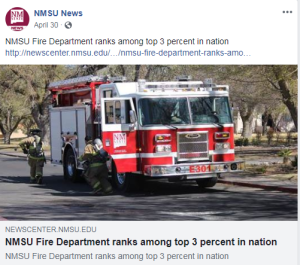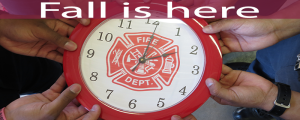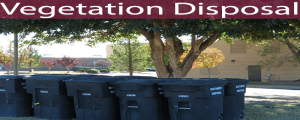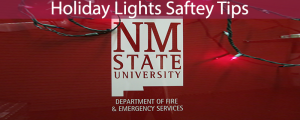Where can I sign up for CPR classes?
Where can I sign up for fire extinguisher training classes?
If have an expired, old, used portable fire extinguisher. How do I replace it?
Do you get cats out of trees/telephone poles or roofs?
Will you unlock my car if my keys are inside?
1. Person(s) locked in a vehicle that is incapable of unlocking the vehicle and is in immediate danger due to heat or another medical condition or pet(s) locked in closed vehicle without air conditioning.
2. Vehicle locked and running INSIDE of a structure producing a hazardous atmosphere.
3. Medications locked in the vehicle that is needed for immediate use.
4. Other situations where the locked condition of the vehicle is an obvious threat to the safety of persons or property.
How do I become an NMSU firefighter?
How come I see a fire truck with full lights and sirens slow down?
If I want to have a barbeque on campus, what do I do?
a. An Activity Registration Form is sent to Campus Activity two (2) weeks in advance of the event or operation; [Link: http://upc.nmsu.edu/activity_form/activity.php ]
b. The proposed burning will not endanger any adjacent building, vehicles or vegetation;
c. The burn location will not block access for emergency vehicles to any building, street or emergency device;
d. Open flame fires will not be within 50 feet of any flammable storage area (the distance may be increased according to the size of the event), and 25 feet of any building, vehicle or vegetation;
e. The event coordinator provides a Fire Guard as required by FD;
f. The event coordinator will contact FD, Campus Police, and occupants of adjacent buildings 24 hours in advance of the event or operation for final coordination;
g. The event coordinator of the open burning will be responsible for complete extinguishment and removal of all materials used in the open burning;
h. A 5 to 30-minute watch will be made (as determined by FD) to ensure there is no residual heat left in the material;
i. All requirements of the New Mexico Environmental Department are met; and/or
j. Agricultural and/or weed control by burning is prohibited.
When do I have to fill out an Activity Registration Form?







